Flooding, extreme temperatures, and droughts along the River Dee have resulted in what could be the worst salmon season recorded for anglers — but urgent conservation work is planned to protect the species.
For the last five years, the Dee District Salmon Fishery Board has recorded “very low” numbers of salmon caught in the river.
And as this season draws to a close, they say it is “guaranteed to be the worst season” on record.
In order to safeguard the River Dee’s salmon population, the board detailed two pioneering conservation projects at the recent annual general meeting.
Lorraine Hawkins, river director, explained the most crucial factor is restoring the natural habitat.
Although work is well under way with the tree-planting programme and other projects, such as the removal of the Garlogie dam, it could take years to completely restore the river.
With some of the salmon sub-populations already “potentially close to extinction” she said there “isn’t time to wait”.
Lorraine spoke to the Press and Journal to explain:
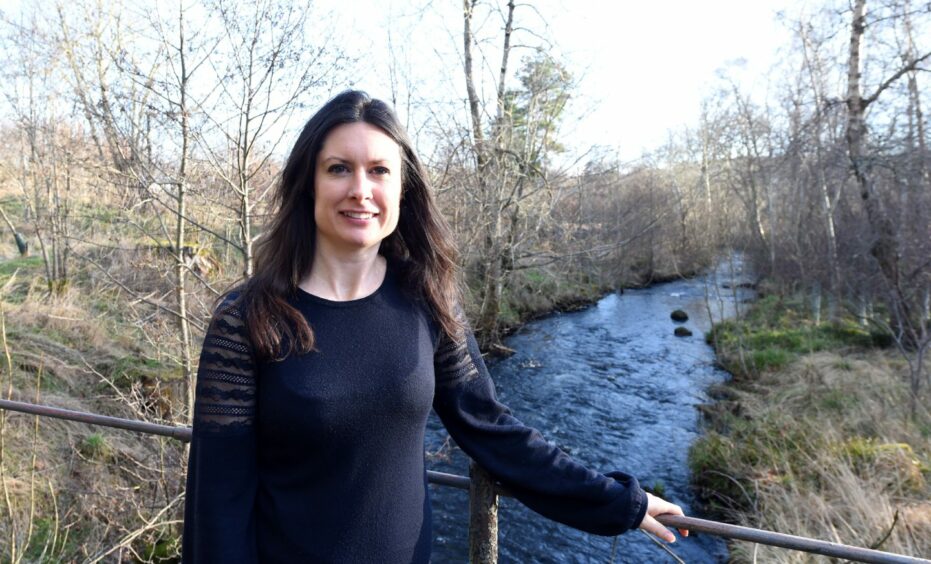
- Why River Dee salmon numbers are so low
- How successfully breeding fish can be “reconditioned” through a process called conservation translocation
- And why she says hatcheries won’t save the salmon population in the Dee
Why are River Dee salmon numbers so low?
The season officially finishes on October 14, which is when the fish will start spawning and won’t be disturbed.
Climate change is a factor causing a high mortality rate of salmon out at sea, with only 2-3% of the Dee’s juvenile salmon returning to the river annually.
On top of that, the fish face pressures in the river environment as well — including the loss of habitat, the rising water temperatures, the intensity of floods, the loss of snow melt, and now droughts in the summer.
Lorraine says this is on the back of hundreds, if not thousands, of years of damage to their habitat.
But, she stresses it’s not just a decline on the Dee, but an international decline of the whole species.
Salmon populations in southern England are already close to extinction, but the effects are creeping into Scottish rivers, with all of them under the same threat.
This decline has been recorded for the last 60 years, and over the last five years the population in River Dee has been at “very low numbers”.
The final catch data for this year isn’t available until the season ends, but Lorraine says it will be the “worst by quite a margin”.
Conservationists to try ‘reconditioning’ adult salmon which breed successfully
Conservation translocation is reintroducing fish into the wild without affecting wild breeding.
Once fish have bred, they will be taken from the river and kept alive at a university, with a team to nurse the salmon back to full health. The fish will then be released back into the river to choose their own mates and spawn again naturally.
This doesn’t normally happen, as most salmon, particularly males, will die after putting all their energy into spawning.
So effectively, the fish with the correct genes are being “reconditioned”.
Lorraine believes this method could potentially be delivered very quickly to “buy the fish time”.
“It’s purely about saving the species, or a sub-population,” she said.
“If we can keep them going in captivity, then we can at least get a second production from them.
“So, it is still interference, but it’s for the cost of the benefits, and the benefits are if it stops us losing this sub-population, which has unique genes, then it’s worth that interference.”
Conservation translocation is a “novel” method and will be tested out on the Dee, although it has worked in locations around the world.
They will start collecting the fish in November and will release them back into the wild the following autumn, just before spawning season.
Rearing young fish in captivity could also be a solution
This comes under the banner of conservation translocation and involves taking young fish out of the river and rearing them in captivity.
Once they are adults, they will then be released back into the river to spawn naturally.
Although this hasn’t been done in the UK before, Lorraine reassured there are examples of it working in North America.
The board is waiting for a licence to start this kind of work.
“We have to prove it’s the right method to do and won’t have a negative impact either on salmon or other protected species along the River Dee,” Lorraine explained.
“Part of this is because the river is a special area of conservation so there are particularly stringent rules to ensure all protected species, not just salmon, are looked after.
“Some people see it as red tape, but I think overall the fact is it’s there to protect the river and its species. We don’t complain about that, we very much have to work with the agencies so we are all in agreement this is the best approach and that is how we’re doing this.”
If the board gets the licence required, they hope to start collecting juvenile fish in May and early June when they are going out to sea.
Would taking fish from a traditional hatchery work to save River Dee salmon?
At a recent meeting, some ghillies and anglers called for the board to reintroduce a hatchery as a way of repopulating the river quickly.
Hatcheries have been used for over 100 years to help fisheries, and Lorraine explained they can work in certain situations, but every river is different and needs to be assessed.
However, if there are already salmon in the river, Lorraine says stocking the environment could actually damage the wild population — which is the last thing the board wants to do.
In a hatchery, spawning is done artificially by a human, which could compromise genetics.
This is because the person fertilising the eggs might not know if the fish are already related to one another.
Those stock fish also might not be naturally adapted to the environment and may not have the survival instincts needed.
The board’s stance is they are committed to looking after the wild fish pollution while having minimal impact on the genetics, so the population will be sustainable in the long-term.
She said: “We did have a hatchery on the Dee over the last 100 years on and off and it has shown no improvement on our fish stocks on the river during the times we’ve had it.
“The issue is, some rivers are using it as a tool, but they’re not exactly monitoring it, they’re assuming that adding fish to the river must be a good thing. But the science says it might not be a good thing at all, but there’s just a lack of evidence with some practices in Scotland still.”
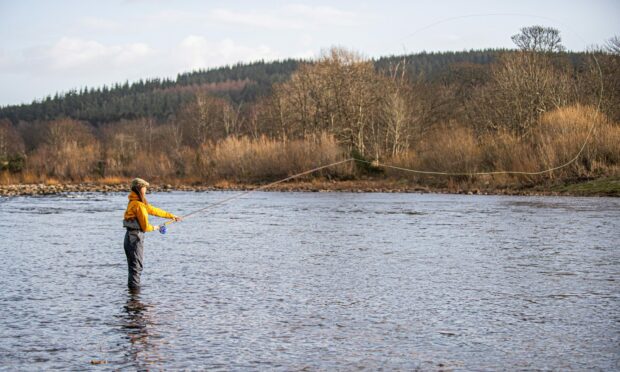
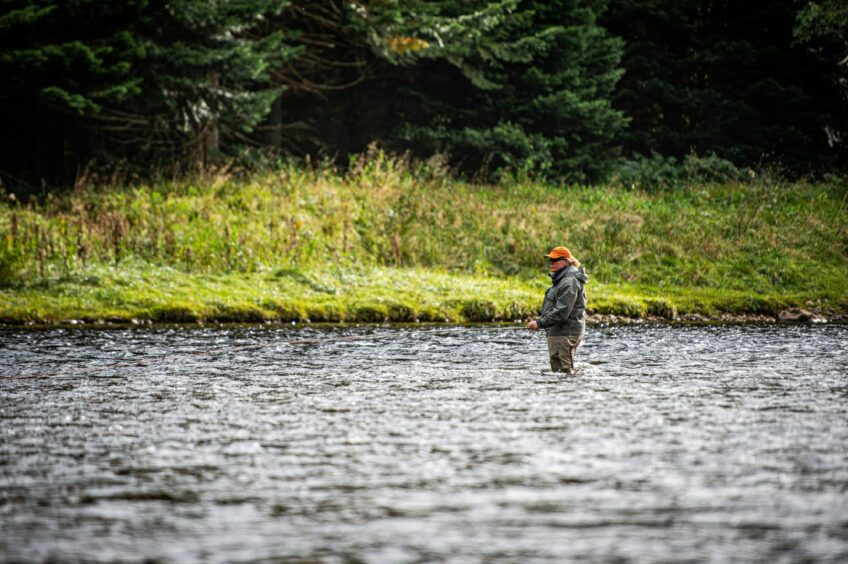
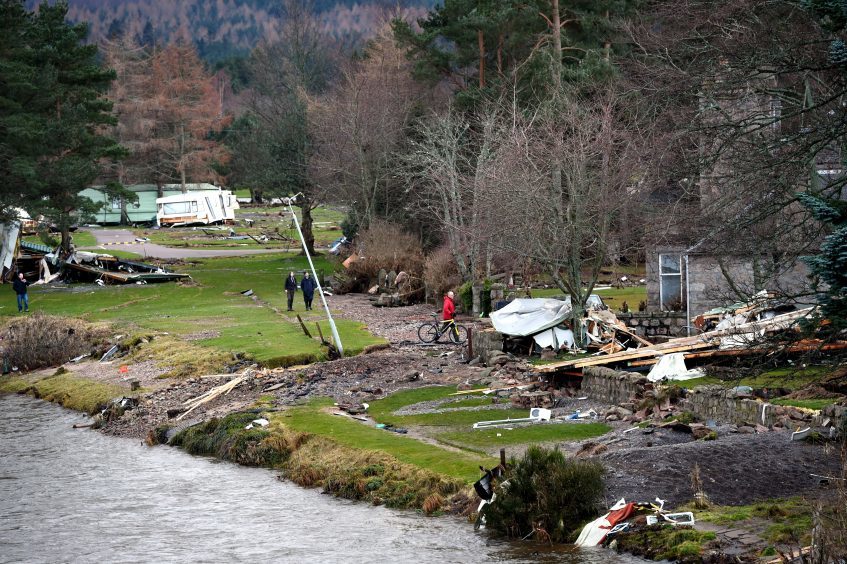
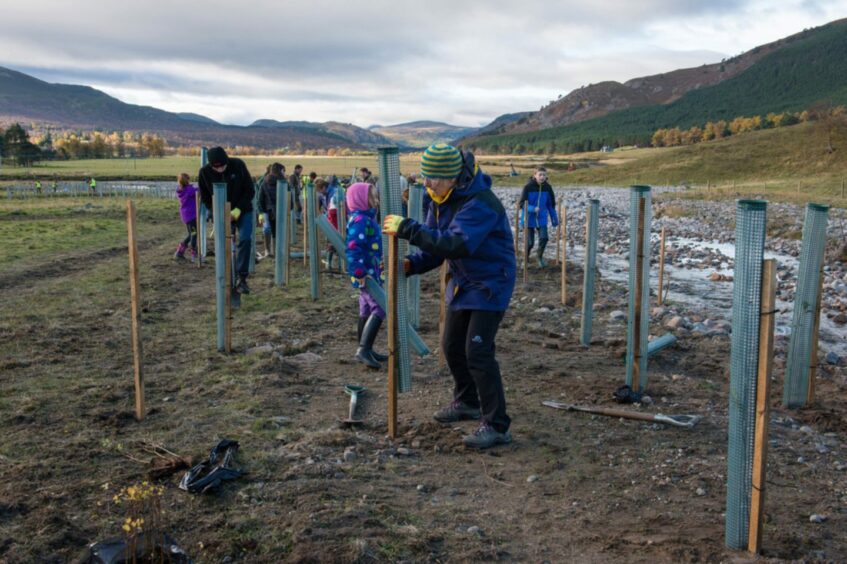


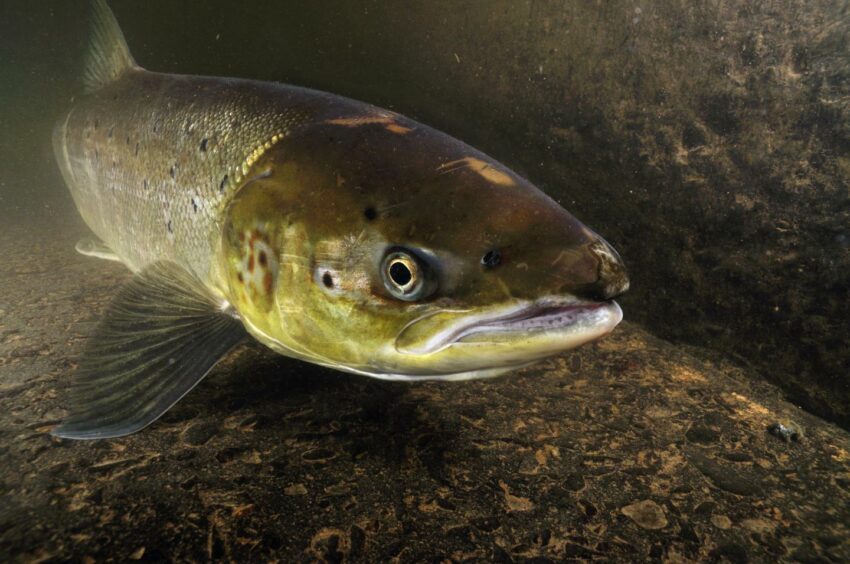
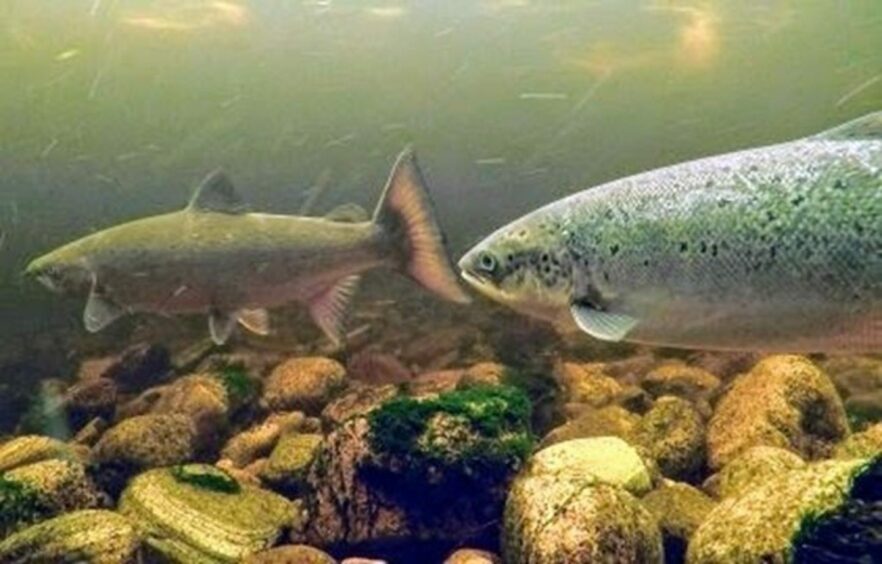

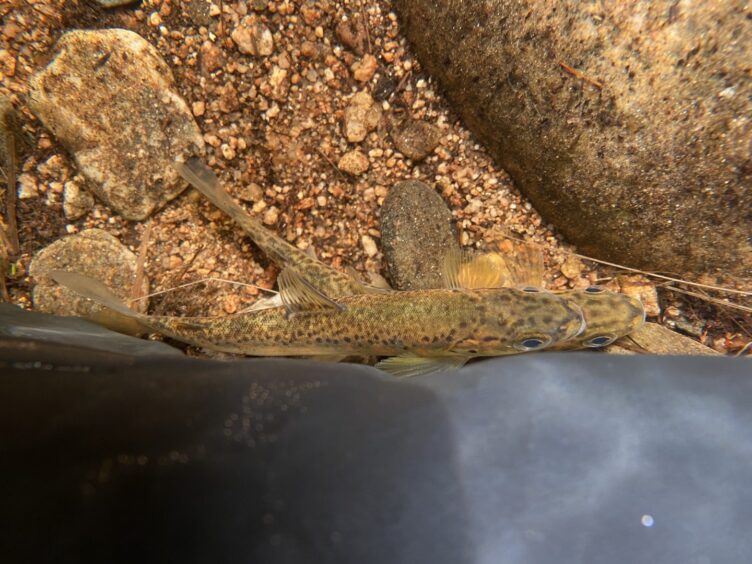

Conversation